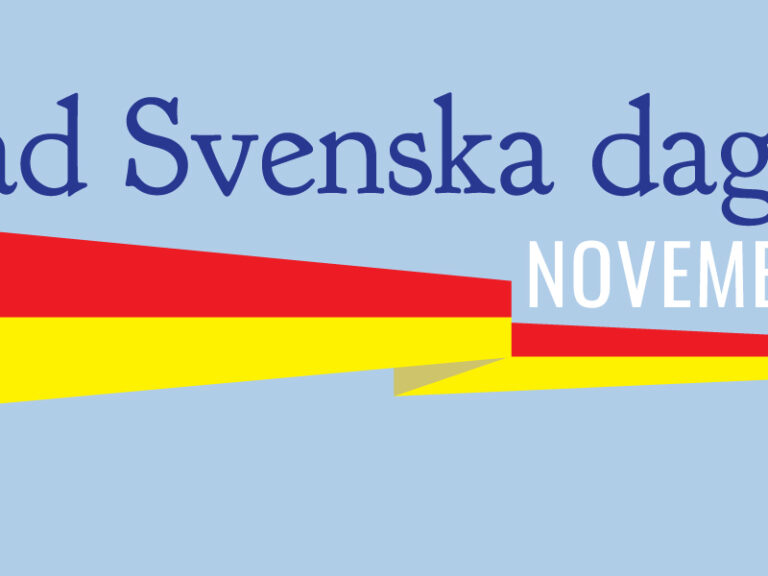June Pelo’s information gleaned from:
Excerpts from “Children of Labor: A Finnish-American History”
& from author, Mayme Sevander’s three books: “They Took My Father”, “Red Exodus” &, “Of Soviet Bondage”. The Finnish American author went to Karelia and was allowed by the KGB to copy many names from their files. Those names are documented in the books listed above.
Emigration to the US
Between 1865 and 1914 Finland gave up some 300,000 of its “surplus population” in emigration to the United States. What force propelled so many people to leave familiar surroundings and undertake the long and difficult journey across the Atlantic? The answer is summed up by wars, famine, and an oppressive tenancy system which kept the landless laboring classes at the mercy of large landowners. These kinds of conditions prevailed all over Europe and led many different ethnic groups to flee their homeland. But in addition to the problems mentioned was the fact that Finland had become part of the Russian Empire. When the Russian Czar tried to draft Finnish youths into the Russian army, many Finnish youths chose to leave the country rather than serve in an army which occupied their homeland. Many others who were opposed to Russian dominance in Finland had to flee their country to escape persecution by the Czar and his secret police.
Many of the unskilled immigrant laborers, hearing of Finnish settlements in Michigan and Minnesota, migrated to the mines and lumber camps of the western Great Lakes region. At once, the immigrant laborer was confronted with the nightmare of industrializing America – a physically taxing ten hour day (six days a week) spent in shaft mines, the constant danger of death and injury from explosions, cave-ins, and the total disregard for human life by the mine owners: “There’s more Finlanders from where this one came.” At first the immigrant was at a loss. The standards of behavior he brought with him did not seem applicable. Many Finns resorted to heavy drinking. But this initial period of disorganization soon gave way to reorganization as Finns began to build their own ethnic institutions.
Among the first institutions formed by Finnish immigrants were churches and temperance societies. When socialist leaders fleeing the persecution of the Czar arrived in America, the churches and temperance societies became battlegrounds between “Church Finns” and “Red Finns.” With the arrival of Finnish socialists from Finland, the movement toward socialism among Finnish-Americans grew by leaps and bounds.
The rapid growth of socialism among Finnish-Americans caused an immediate reaction among corporate and governmental leaders and among American racial nativists. After the 1907 Mesabi Iron Range Strike, in which the Finns played a leadership role, the Oliver Mining Company blacklisted many of the Finnish miners. This caused an exodus of the Finns from the mines to the cut-over lands of Northern Minnesota. In addition, religious Finns joined together and sponsored proclamations which condemned strike leaders as anarchists, atheists and betrayers of the fatherland. The resolutions affirmed the essential morality and Americanism of the majority of the Finns in America.
The end of World War I and the triumph of the Bolshevik Revolution in Russia unleashed revolutionary energies in both Europe and the United States. The modern, independent state of Finland was born in the wake of the Russian Revolution. The establishment of the Finnish Workers’ Republic in 1918 was followed by a bloody Civil War between radicals and conservatives which the latter won with the help of German troops. Thousands of Finnish Communists and revolutionary Socialists went into exile to Russia and the United States. When the Communist Party emerged from splintered underground factions in the early 1920’s it was the Finnish-Americans, largely from northern Minnesota, which constituted its largest section.
Re-emigration to Soviet Karelia
One of the earliest projects of the Finnish Communists was to promote the idea of re-emigration to the Soviet Union, especially to Soviet Karelia, northeastern neighbor to Finland. While the promotion of Soviet Karelia was to reach its peak of fervor in the early 1930’s when thousands of American and Canadian Finns would pack their tools and machinery and leave for Karelia, the first pioneers left the United States as early as 1922. In the midst of the Great Depression about 10,000 Finns of all ages emigrated from the U.S. and Canada to Soviet Karelia. The fate of all of these people is still unclear. Conditions in Karelia were apparently worse than the pioneers anticipated. Some Midwestern Socialist leaders simply “disappeared” and were never heard from again. Many of whom did not give up their American citizenship returned after a few years and became embittered toward Communism. But thousands of others stayed and apparently prospered.
The following was written by Irene Paull:
You dropped into pits of darkness
into the black resisting bowels
of Butte and Pittsburgh
into the red entrails of Cuyuna
the tunnels of Houghton swallowed you down
and the taste of copper burned your mouth.
O children of labor
rising like red ghosts out of Mesaba
coated with iron
Did you dream of Tuonela
in the bowels of Keewatin?
or of Pyha-tunturi as you coughed up
your lungs
in the carbon pits of Wyoming?
June Pelo note: Mayme Sevander died of cancer in Umeå, Sweden, April 2003





